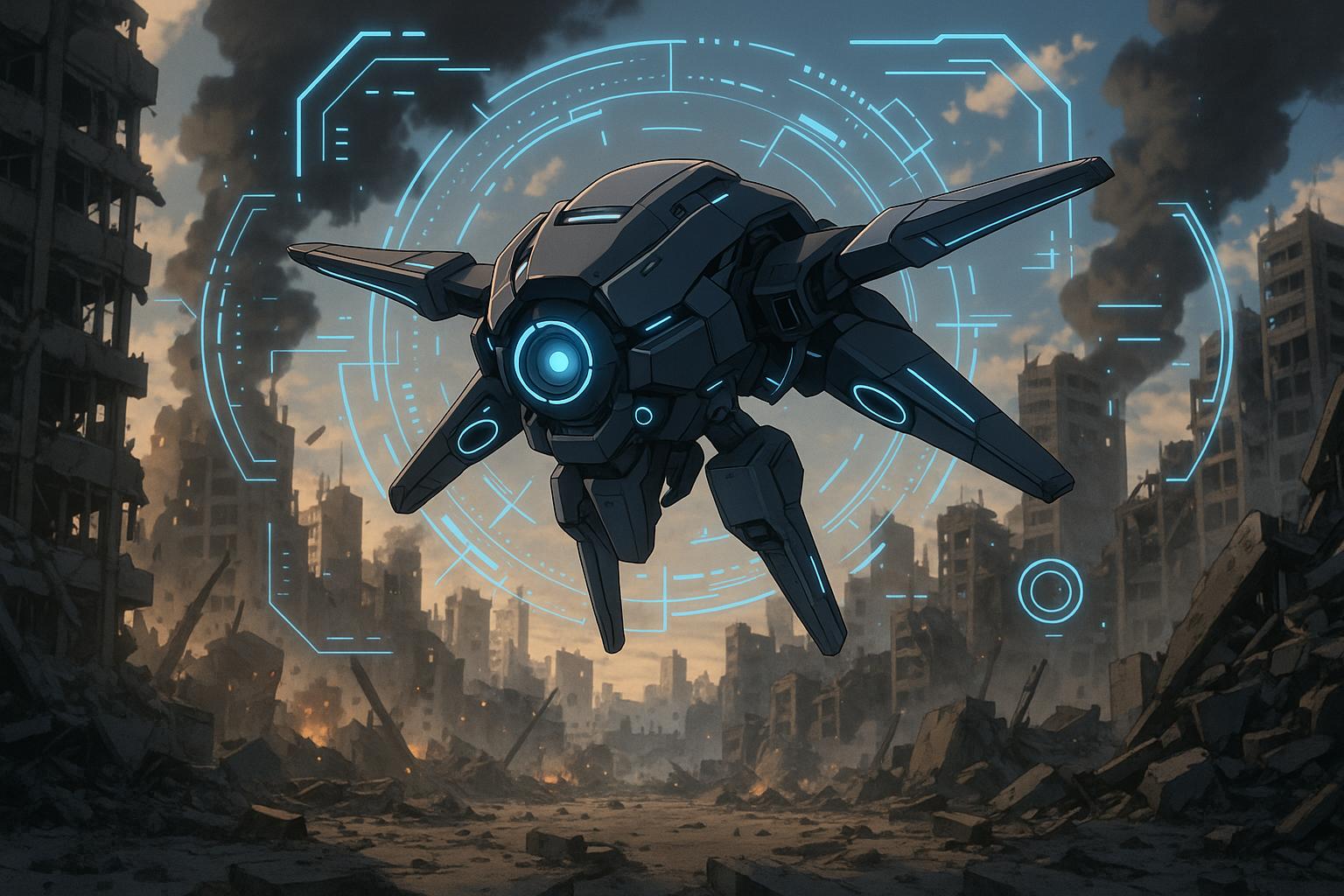The landscape of modern warfare is undergoing transformative changes, driven significantly by advancements in artificial intelligence (AI) and drone technology. Chris Miller, the former acting Secretary of Defense, recently highlighted these shifts during a segment on CBS Morning News, where he discussed the profound impact AI is having on military strategies and operations. This discussion emerges in a context where tech giants like Palmer Luckey's Anduril Industries are at the forefront of this revolution.
The proliferation of unmanned aerial vehicles (UAVs) has marked a pivotal shift in defence strategies, particularly evident in the ongoing conflict in Ukraine. Ukrainian forces have taken to manufacturing lethal drones using accessible means, such as 3D printing, which underscores a departure from traditional defence industry practices. This grassroots innovation is illustrative of a broader trend where software and AI capabilities are becoming as crucial as hardware in modern combat scenarios.
Anduril Industries, led by Luckey, is central to this transformation. The company, now valued at $14 billion, is a notable player in providing autonomous defence systems. Its technology portfolio includes an array of AI-driven devices, such as drones equipped with the autonomous Lattice OS, which allows systems to identify and engage targets independently. Such innovations not only streamline military processes but also enhance operational effectiveness on the battlefield.
Moreover, the geopolitical tensions surrounding conflicts, especially the Russia-Ukraine war and the situation with Taiwan, have accelerated the development and deployment of drone and AI technologies. Ukrainian naval drones are now engaging actively in combat, showcasing capabilities that threaten traditional military strategies and highlighting the urgent need for advanced technology in warfare. The Pentagon has responded by ramping up investments in AI-centric contracts, recognising that future conflicts—especially with China—will hinge on superior tech.
In a significant recent funding round, Anduril raised $1.5 billion to bolster the production of autonomous weapons, a clear indication of the increasing financial backing for such technologies. The funding, co-led by prominent investors like Peter Thiel, aims to establish new manufacturing facilities, signalling a shift towards mass-producing advanced military systems.
Luckey's ambition extends beyond drones; Anduril has also taken charge of the U.S. Army's Integrated Visual Augmentation System (IVAS), a mixed-reality headset meant to enhance soldiers' situational awareness and operational capacity in conjunction with unmanned systems. This represents a radical integration of Silicon Valley innovation into military applications, challenging the established norms dominated by traditional defence contractors such as Lockheed Martin and Raytheon.
As warfare evolves, so too must the strategies and technologies employed by armed forces. The blending of AI, drone capabilities, and smart software is setting the stage for a new era in military operations—one where the speed of innovation will be as critical as the capabilities of the weapons themselves. The consequences of these changes are profound, potentially reshaping not only how wars are fought but also the very nature of global security dynamics.
Reference Map: - Paragraph 1: [1] - Paragraph 2: [2] - Paragraph 3: [3] - Paragraph 4: [4] - Paragraph 5: [5] - Paragraph 6: [6] - Paragraph 7: [7]
Source: Noah Wire Services
